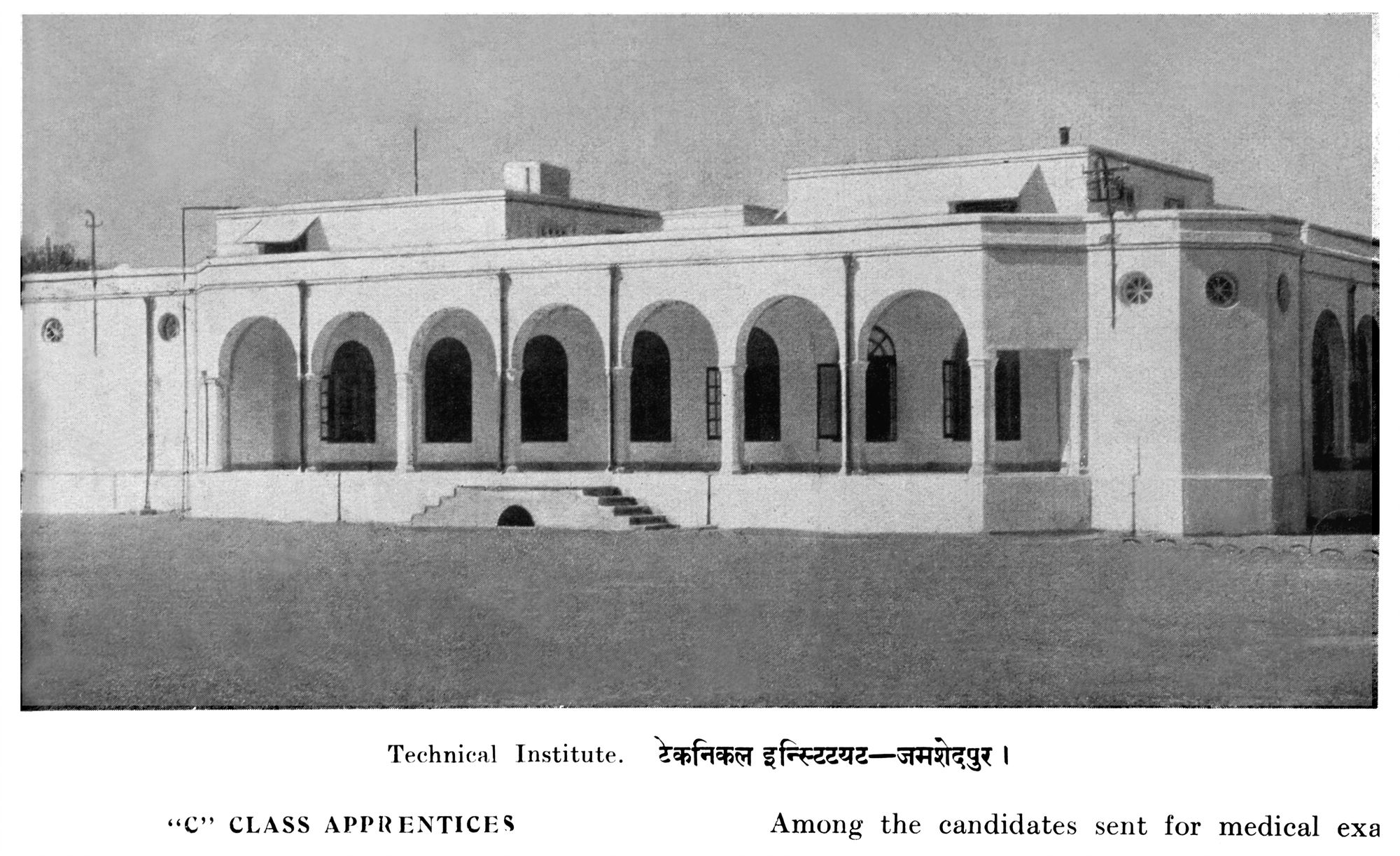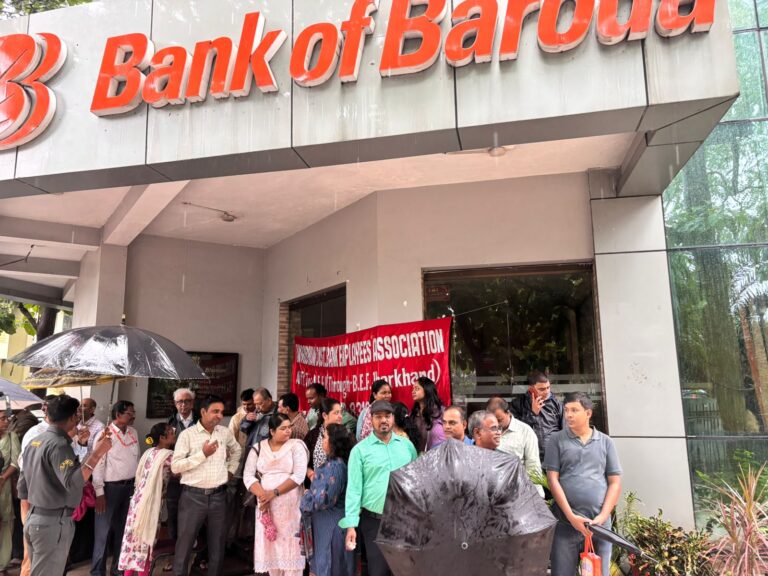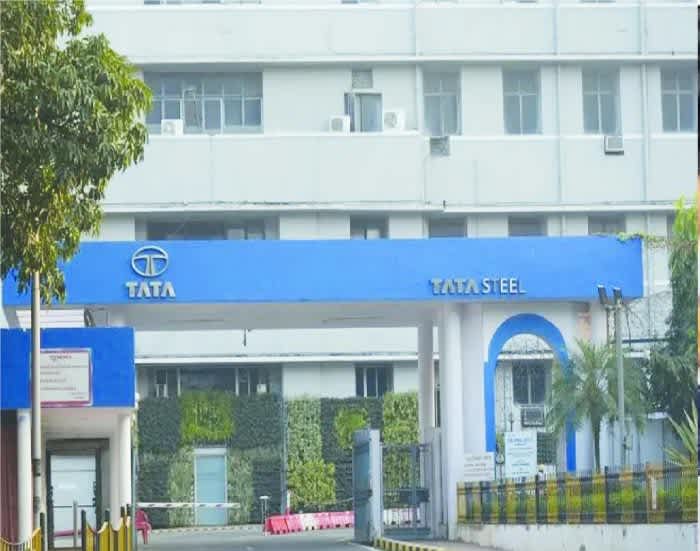
Kalimati Station


The station was initially established in 1891 as Kalimati Station, and it was expanded after the establishment of Tata Steel in 1907, when Sakchi was identified as the ideal site for the TISCO steel plant. In 1919, the station was renamed Tatanagar Railway Station in honor of Tata Group Founder Jamsetji N Tata. In 1961, the station underwent renovation, resulting in the creation of a main platform and four additional platforms, which were covered using corrugated sheets from Tata Steel

Water Works
The Water Works was established in 1908, featuring a low dam spanning 1,200 feet across the Subarnarekha River to facilitate water supply. A robust pumping station was erected on the river’s edge near the dam. Additionally, a reservoir was created in a small natural valley at the location, with a dam approximately half a mile in length. The construction of the Water Works was finalized by 1910, and a pumping station boasting a capacity of 1 Million Gallons per Day (MGD) was installed on the river bank. Subsequently, a Paterson Purification Plant commenced operations in 1921.

United Club
The TISCO Institute, founded in 1913, originally served as a recreational facility for the community, situated in front of the Director’s Bungalow. During its early years, the Institute boasted tennis courts, expansive fields for football and hockey, a bowling alley, a billiard room, and an elegantly adorned concert hall for hosting dances and various events.
In 1948, the TISCO Institute merged with the Chota Nagpur Regiment (CNR) Club, which was previously located at the site of the current Loyola School, giving rise to the establishment of the United Club.

St George’s Church
The foundation stone of St. George’s Church was ceremonially laid on December 28, 1914, and it was consecrated on April 16, 1916. The church occupies land generously allocated by Sir Dorabji Tata for the Anglican Congregation.
St. George’s Church currently stands as the sole Protestant church where English-language prayers are conducted.

Director’s Bungalow
Constructed in 1918 across a 3.65-acre expanse, the Director’s Bungalow occupies the site of a pre-existing structure predating the establishment of the steel plant. This historic residence served as the abode for eminent figures such as Sir Dorabji Tata, who played a pivotal role in overseeing operations during its early days.
Comprising 8 spacious rooms, a dining hall, a card room, and a lounge, the Bungalow also features an expansive front lawn adorned with a rose garden and seasonal flowers. Over the years, it has welcomed numerous distinguished guests, including notable figures such as Pandit Jawaharlal Nehru, Prince Charles, German Federal Minister Dr. Ludwig Erhardt, and the Shah of Iran, among others, during their visits to Jamshedpur.

SNTI
The inaugural ceremony of the Jamshedpur Technical Institute took place on November 1, 1921, marking the commencement of its mission to impart training in Metallurgical Processes, Works Maintenance, and Industrial Economy to an initial cohort of 23 students. The institute’s facilities at the time comprised four classrooms, two halls, and two offices.
On April 2, 1992, the institute underwent a significant transformation and was renamed the Shavak Nanavati Technical Institute (SNTI) in honor of Shavak K Nanavati, the institute’s first alumnus, who went on to serve as Tata Steel’s Managing Director from 1970 to 1972

Bharucha Mansion
The Bharucha Mansion, erected in 1935 by Khursheed Maneckji Bharucha, the pioneering Indian Chief Cashier of TISCO, stands as a distinctive four-storeyed edifice crafted from steel and adorned with brick cladding. Notably, the partition walls were fashioned using a blend of surkhi (limestone) and bricks, mirroring the architectural style of the Tata Steel General Office.
Initially serving as a temporary dwelling and lodging for Parsi individuals employed at the TISCO plant, the mansion underwent a transformation in the 1950s when a section of its rear portion was repurposed into the Regal Talkies, the township’s premier plush theatre complex. Revered as the Regal Building, this structure embodies a significant aspect of early modernity that has significantly influenced the character and development of Jamshedpur.







